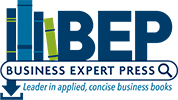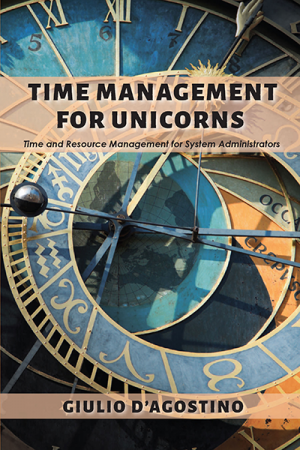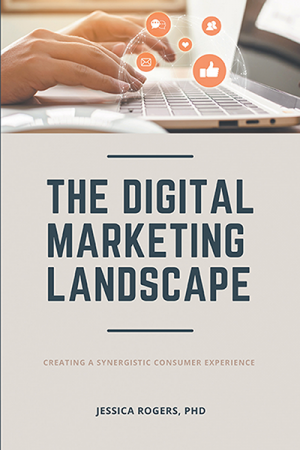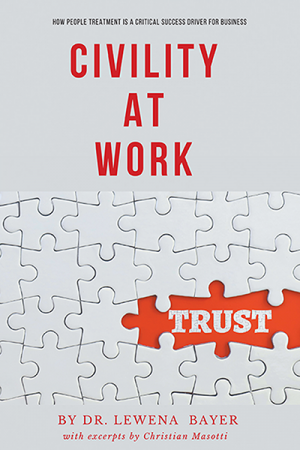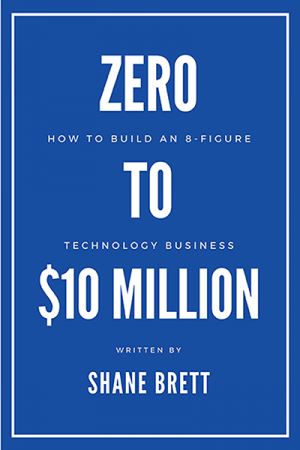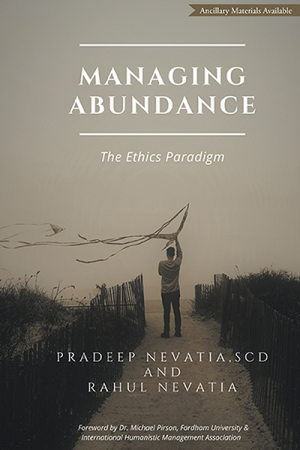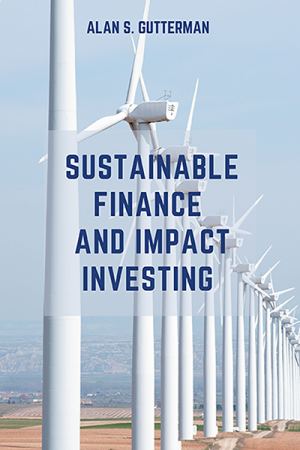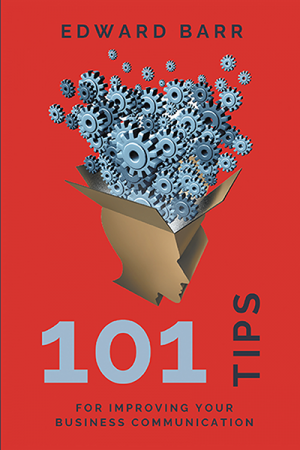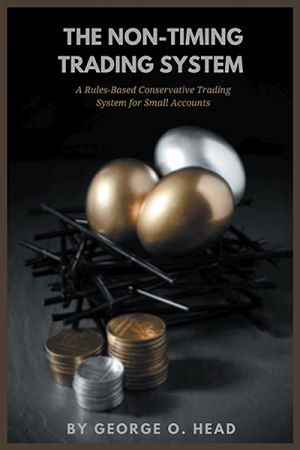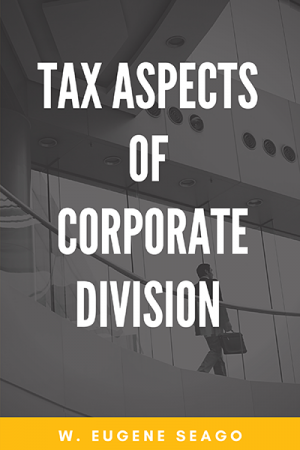Time Management for Unicorns: Time and Resource Management For System Administrators
$28.99Time is one of the most precious commodities, especially if you are the system administrator of a ”unicorn company” (a privately held startup company valued at over $1 billion). In the 2018 year alone, more than 50 startups around the world attained unicorn status with a valuation of $1 billion or more, according to data from venture capital trackers like PitchBook. The nature of time has always been a subject of interest for various disciplines, from neuroscience to economics; now more than ever, with the increasing level of technology in our lives, proper time management has become a fundamental aspect of any successful project.
This book presents time and resource management lessons and tips from senior system administrator Giulio D’Agostino and aims to help increase time management skills and raise questions on how to possibly improve them. Learn from more than 20 years of experience in project management working for companies like Google, Apple, Salesforce.com, and Hewlett Packard.
